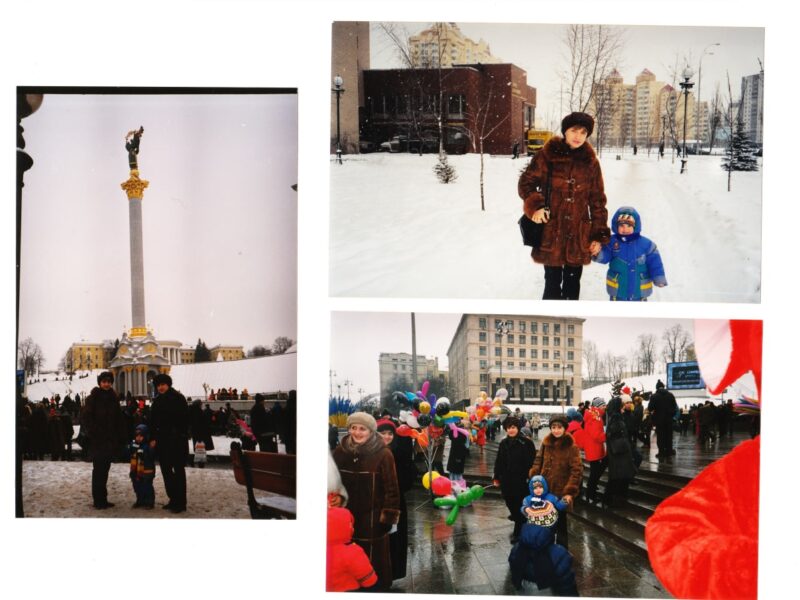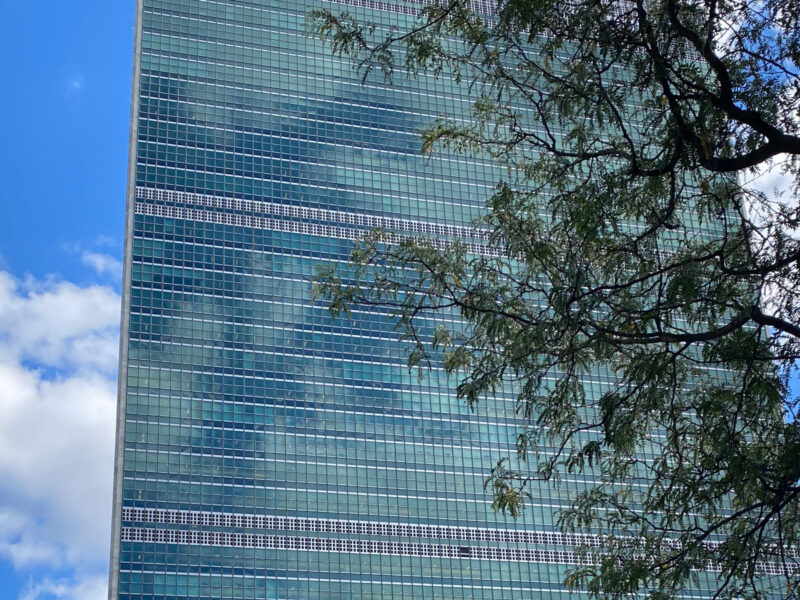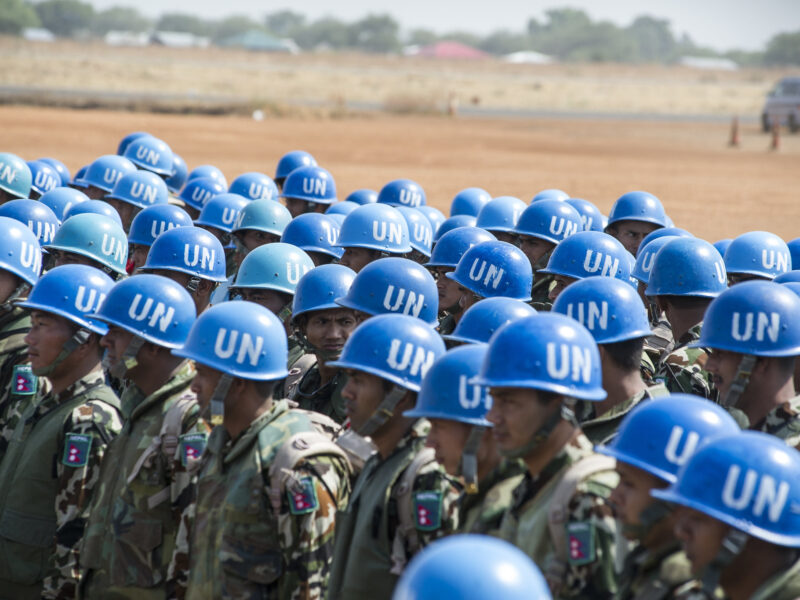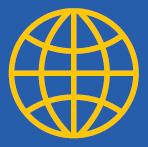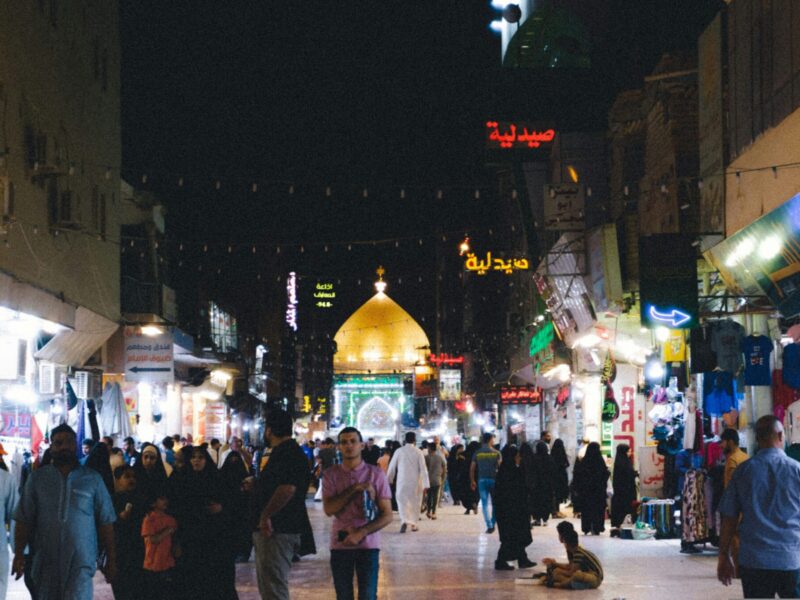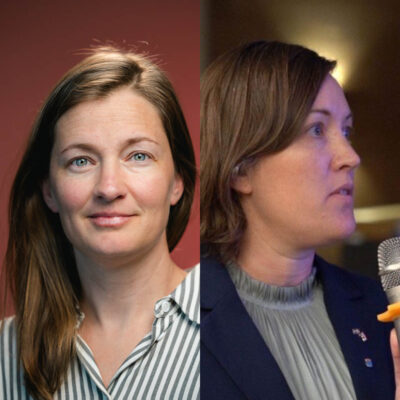Cold War and Springtime
Winter is coming, but it has been cold for quite some time. Looking back, as it is that time of the year, 2014 has been dramatic and disturbing in many ways, not least for people in Ukraine and Eastern Europe.
Numerous parallels have been made during the year to past times when polarisation and temperature defined global politics and security. It is not worth repeating them here. Besides, the real deal can be found in one of the most important books of this year – Anne Appelbaum’s Iron Curtain: The Crushing of Eastern Europe 1944-1956. Another historical account, even more gruesome but a must read after this year’s events, is Timothy Snyder’s Bloodlands: Europe Between Hitler and Stalin. If you want a more contemporary essay, showing that satire is still alive and kicking in Europe, Arkadij Babtjenkjo’s Welcome to Russia, Dear Crimeans is strongly recommended.
I can’t accurately assess the Cold War references applied to the situation in Ukraine and Eastern Europe, except for two of them; arbitrariness and culture.
The art of Kremlinology is back in fashion because it is equally hard now, as it was then, to interpret, understand and predict byzantine Moscow politics. One exception seem to have been Tom Clancy, who described a scenario of Russian aggression against Ukraine and Crimea in his final novel Command Authority from 2013, with a fact pattern we could actually observe in March this year.
Culturally? Well, back then (and when we say back then, we should remember that it wasn’t so long ago), there was also a cultural Cold War. While the West and the East fought through a nuclear terror balance, third world proxies and military spending, the theatre of war also included chess, ballet, hockey and music.
It might seem silly to look back at some of the cultural expressions from the Soviet Union, like the Trol-lo-lo-lo-song by Eduard Khil (awarded the Peoples’ Artist of Russia and now a viral phenomenon), but less silly if you think about the censorship, persecutions and killings of intellectuals, artists and cultural workers of all sorts and categories. What makes culture a relevant Cold War reference in 2014? We still have the troll, though not so much lol.
This year has seen a surge of cultural clashes, much of it taking place online and through social media, where for example sport and homosexuality have been used as watersheds between East and West. As in the past, culture and propaganda are tied together, and disinformation and lies repeated enough times to sow seeds of uncertainty.
Then, what will 2015 entail? Refraining from predictions, as they seem utterly hard to do, a glimmer of hope is what history teaches us: those who side with arbitrariness and intolerance are on the wrong side of history.
More importantly, we know better than to equate the repressive policies of governments with people, and ideas of liberty and freedom cannot be contained indefinitely, even under permafrost conditions. Winter is coming, but that also means that spring is on its way.
av Richard Sannerholm

